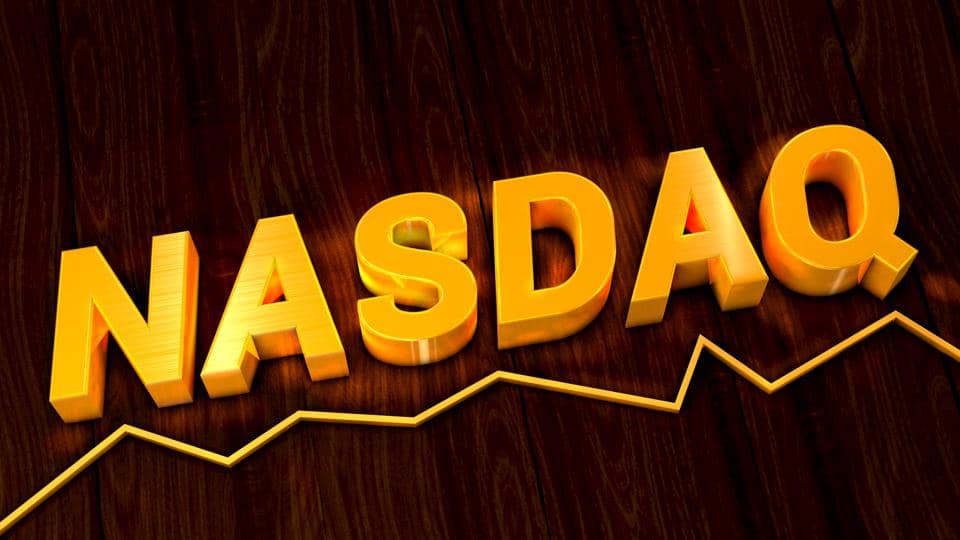The S&P 500 Index is up 2.1% this year even in the face of a pandemic, a sharp downturn in the economy and stocks experiencing a Bear market earlier this year. Overall it appears that investors have weathered the storm.
However, when you peel the onion there are a lot of tears if an investor doesn’t own an Index fund or the five to fifteen stocks that account for the bulk of the Index rise. And this has been the case for the past few years as the largest tech stocks have generated returns much larger than the remaining stocks.
FAAMG companies are driving the stock markets
The S&P 500 Index’s strength has been fueled by the five FAAMG companies or Facebook, Amazon AMZN +2.5%, Apple AAPL +3.8%, Microsoft MSFT +2.3% and Google GOOGL +1.1%/Alphabet. This is due to their accounting for about 25% of the value of the S&P 500 Index and the Index being market cap weighted.
While the S&P 500 is up just over 2% this year, as of Wednesday Michael O’Rourke at JonesTrading (no relation to me) calculates that without the FAAMG stocks the Index would be down 6% vs. essentially flat.
He also estimates that since the end of 2017 with the S&P 500 up 23%, that FAAMG accounts for about 72% of that performance. And that 15 companies in the Index account for approximately 96% of the gain. Which means the other 485 company’s stock performances are essentially flat.
And from the end of 2018 O’Rourke calculates that the index is up 32% and FAAMG is responsible for half of it.
He wrote in his daily note, “The rest of the market has become so relatively small that even if the flows rotated out of the mega caps and into the balance of the market, the other companies are becoming too small to generate the performance necessary to support the index level.”
S&P 500 has a market cap of over $27 trillion
The chart below shows the S&P 500 over the past five years. Besides illustrating its increases from the past three year-end dates, it shows the rebound from the March lows and an all-time high on September 2.
- Since December 31, 2017: Up 23%
- Since December 31, 2018: Up 32%
- Year to date: Up 2%
- From February 2020 high: Down 3%

S&P 500 Equal weight has significantly under performed
The S&P 500 equal weighted index shows a very different story than the market cap weighted S&P 500. It has not had nearly the rise of the S&P 500, and it is down much more from its February high. It has also not been able to move above it.
- Since December 31, 2017: Up 5% (underperform by 18% points)
- Since December 31, 2018: Up 18% (underperform by 14% points)
- Year to date: Down 8% (underperform by 10% points)
- From February 2020 high: Down 12% (underperform by 9% points)

Facebook accounts for 2.7% of the S&P 500
While Facebook’s stock has done very well, of the five FAAMG stocks it is the fourth strongest performer over the 2018, 2019 and year-to-date timeframes. This may be due to the intense scrutiny from various governments and its influence on the U.S. election.
- Market cap: $725 billion
- Since December 31, 2017: Up 44%
- Since December 31, 2018: Up 94%
- Year to date: Up 24%

Amazon accounts for 5.7% of the S&P 500
Amazon has the strongest performance year-to-date of the FAAMG stocks, up 68%. This isn’t surprising since of the five it is the one company that benefits the most from the pandemic.
- Market cap: $1.6 trillion
- Since December 31, 2017: Up 165%
- Since December 31, 2018: Up 106%
- Year to date: Up 68%

Apple accounts for 7% of the S&P 500
Apple has the strongest performance since 2017 and 2018 of the FAAMG stock, up 175% and 191%, respectively. While in theory a stock split doesn’t create any value, this is one of the reasons the stock has done well this year.
- Market cap: $1.9 trillion
- Since December 31, 2017: Up 175%
- Since December 31, 2018: Up 191%
- Year to date: Up 54%

Microsoft accounts for 5.8% of the S&P 500
Microsoft and Amazon have essentially the same market cap and weighting in the S&P 500 at $1.6 trillion and almost a 6% weighting, respectively. Microsoft’s stock performance is in the middle of the FAAMG pack and like the rest of them has had a large influence on the Index.
- Market cap: $1.6 trillion
- Since December 31, 2017: Up 152%
- Since December 31, 2018: Up 116%
- Year to date: Up 33%

Google/Alphabet accounts for 3.6% of the S&P 500
While Google/Alphabet outperforms the S&P 500 over all the timeframes for this analysis, it brings up the rear of the FAAMG stocks. Its market cap has fallen below $1 trillion but only by a small amount.
- Market cap: $980 billion
- Since December 31, 2017: Up 37%
- Since December 31, 2018: Up 38%
- Year to date: Up 7%


